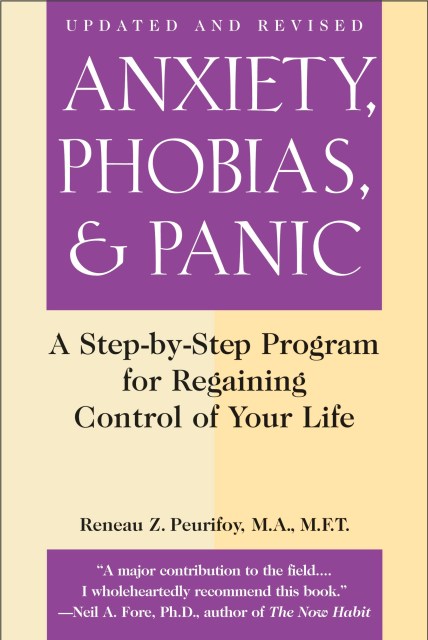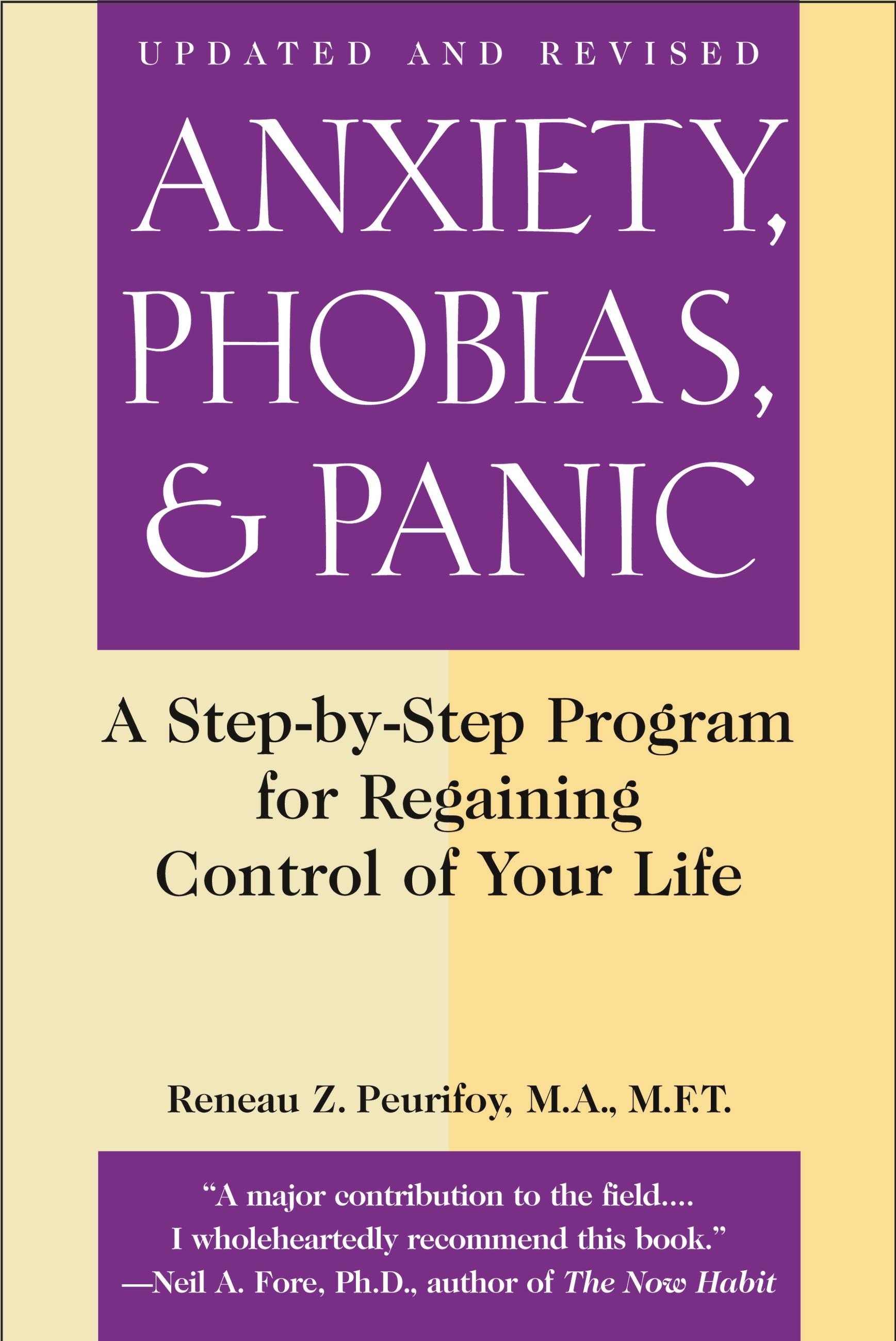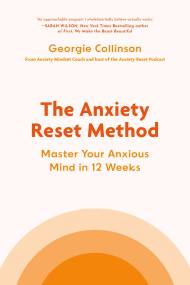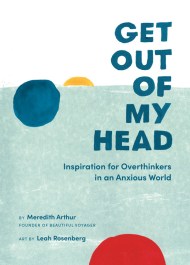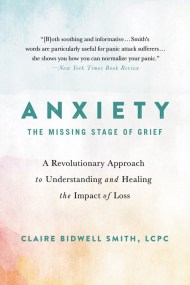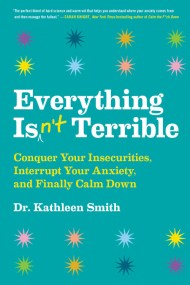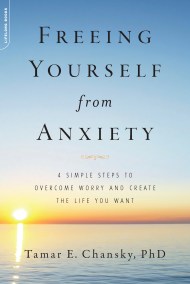Promotion
Use code MOM24 for 20% off site wide + free shipping over $45
Anxiety, Phobias, and Panic
Contributors
By Reneau Z. Peurifoy, MA, MFT
Formats and Prices
Price
$18.99Price
$23.99 CADFormat
Format:
- Trade Paperback (Revised) $18.99 $23.99 CAD
- ebook (Revised) $11.99 $14.99 CAD
This item is a preorder. Your payment method will be charged immediately, and the product is expected to ship on or around February 1, 2005. This date is subject to change due to shipping delays beyond our control.
Also available from:
Ease your worries and learn helpful coping strategies with this approachable step-by-step guide to managing stress and anxiety.
Are you one of the nineteen million Americans who suffers from anxiety-related problems? Don't lose hope! Take action today with techniques that have helped thousands of people manage their anxiety and live full and satisfying lives.
In this updated edition of his classic guide, internationally recognized mental health expert Reneau Peurifoy incorporates the latest available information and research. With his step-by-step program, you’ll learn how to:
• Identify the sources of your anxiety and ease symptoms with relaxation techniques
• Minimize and manage stress more effectively
• Recognize and change harmful modes of thinking
• Learn how to stop worrying and avoiding things
• Manage anger, build self-esteem, and keep moving forward.
With this book, you’ll find all of the tools you need to build great habits—and start living a happier, healthier, and lower-stress life.
Genre:
- On Sale
- Feb 1, 2005
- Page Count
- 400 pages
- Publisher
- Grand Central Life & Style
- ISBN-13
- 9780446692779
Newsletter Signup
By clicking ‘Sign Up,’ I acknowledge that I have read and agree to Hachette Book Group’s Privacy Policy and Terms of Use
